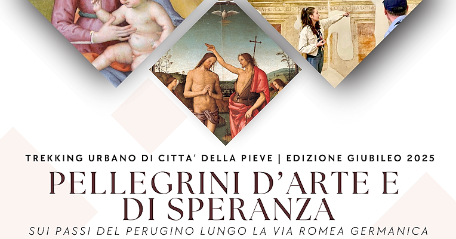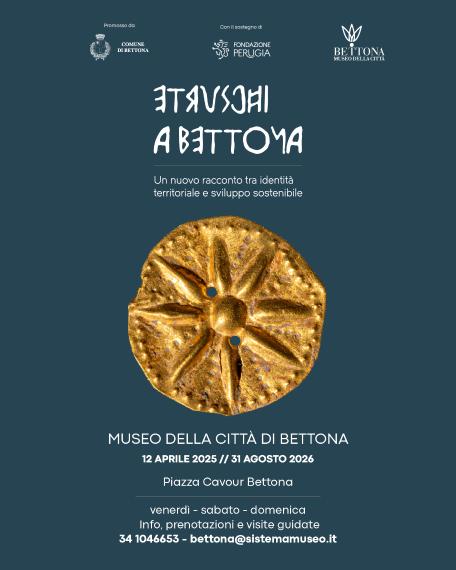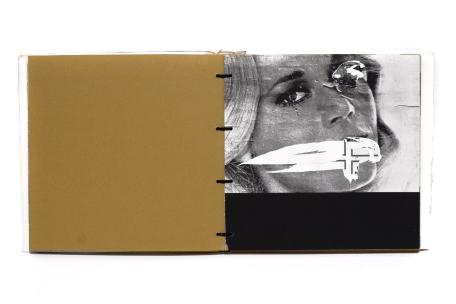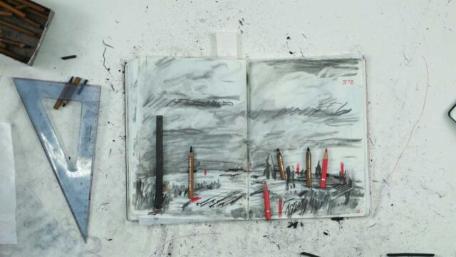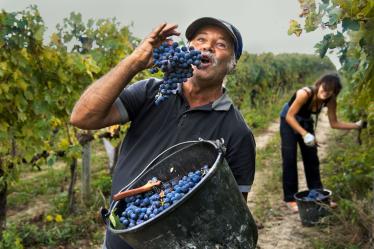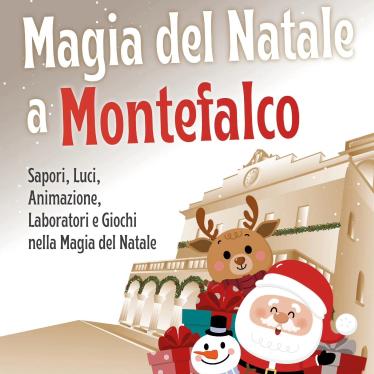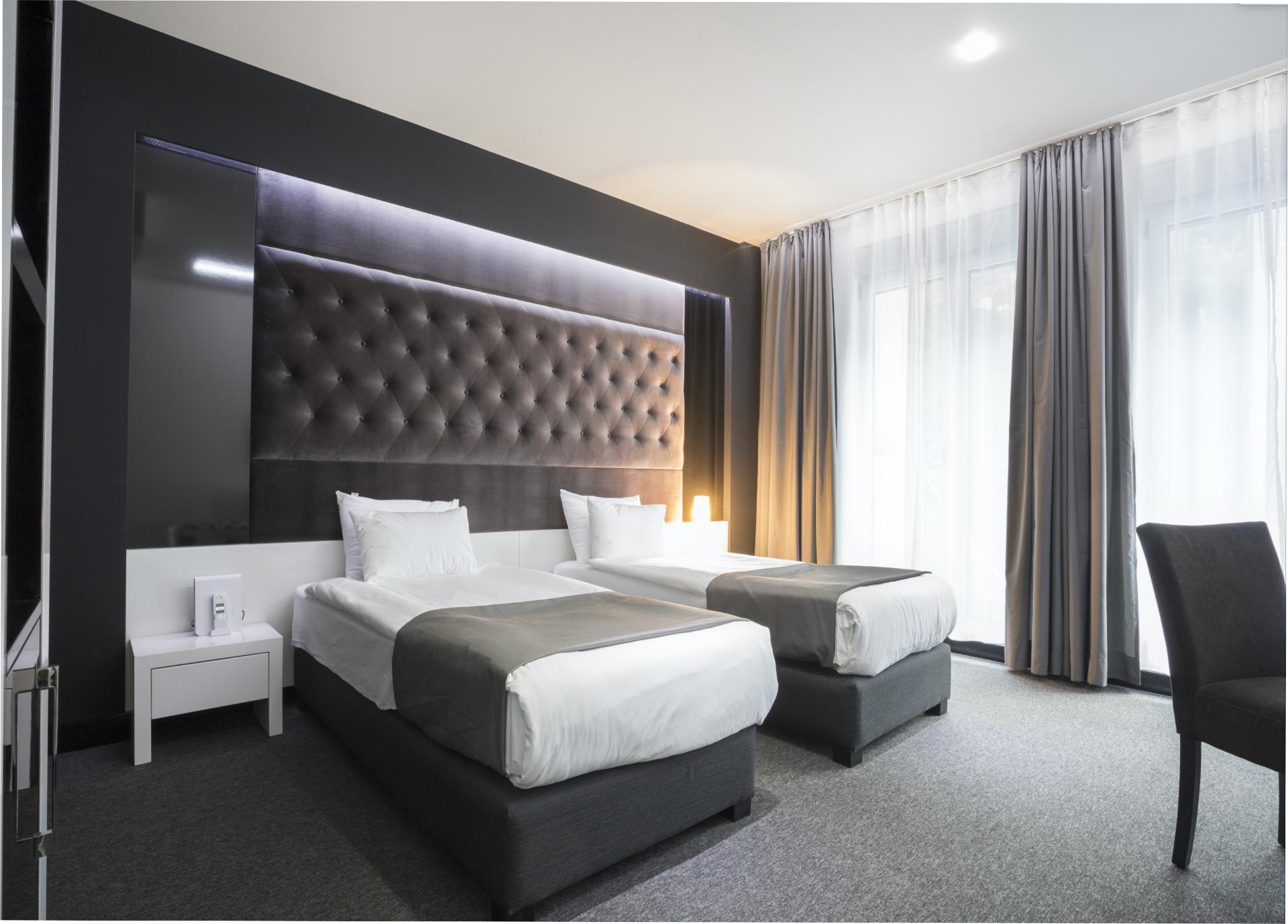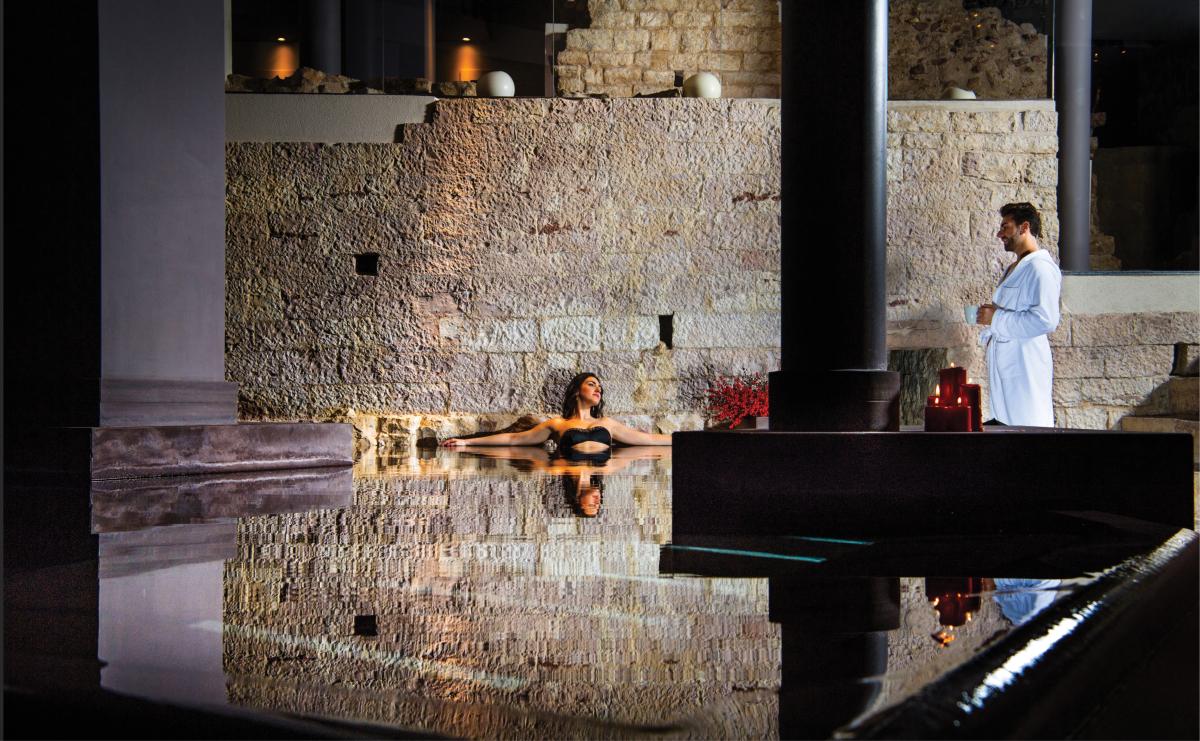Situated in the central west of Umbria, Montefalco stands on a hill carpeted with olive trees and grape vines, in the middle of the valley of the Clitunno, Topino and Tiber rivers. This breath-taking position has led to Montefalco being known as The Balcony-rail of Umbria. Because of its environmental, cultural and artistic heritage, Montefalco has become part of the club The Most Beautiful Villages of Italy.
HISTORY
Montefalco was already an important municipality in Roman times due to its dominant position above the valley connecting Spoleto and Perugia. From the 11th century the town flourished in the culture of the free communes and the Renaissance.
The 13th and 14th centuries saw many clashes with the surrounding communes, particularly because it often sided with the Papacy against the Ghibelline lords of Foligno, the Trici family.
The Foligno seigniory dominated the town for about 50 years, until it was liberated in 1424 by Francesco Sforza. The regaining of freedom led to the drawing up of the municipal statutes and a veritable rebirth of the arts and the economy.
This period saw the evolution to Montefalco's present historical town-centre layout and the artistic development that reached its height with the masterpieces by Benazzo Gozzoli in the High Renaissance period. It was only in a much later century, after having lost and regained its independence, that the town received the title of "city" from Pope Pius IX in 1848.
ART, CULTURE, ENVIRONMENT
Montefalco encloses an important heritage of art that makes it an essential point of reference to understand Umbrian painting, starting from the church museum of Saint Francis, constructed for the Minor Friars between 1335 and 1338.
The museum is laid out in three exhibition spaces: the ex-church, known the world over for the fresco cycle painted by Benozzo Gozzoli between 1450 and 1452 that depicts the Life of Saint Francis, and where there is also displayed a Natività by Perugino (early 16th century), and frescoes by the Umbrian school; the Art Gallery with works by Francesco Melanzio, Antoniazzo Romano and the Umbrian school from the 1300s to 1700s; and the crypt with archaeological findings, sculptures and pieces from various eras.
Cinta Duecentesca, thirteenth-century walls, is the name given to the compact city-walls restored in the 14th century by Lorenzo Maitani, which are still today in good order. The medieval layout of the town is dominated by the church of Sant'Agostino, featuring frescoes by Ambrogio Lorenzetti and Bartolomeo Caporali, built at the same time as the convent in the second half of the 13th century above a small building dedicated to St John the Baptist.
The main square of the town, Piazza del Comune, offers a concentration of aristocratic palaces such as the 14th century Palazzo Pambuffetti, Palazzo Senili and Palazzo Santi-Gentili (15th century), Palazzo Langeli and Palazzo De Cuppis o Camilli (16th century).
The Town Hall, Palazzo Comunale, was constructed in 1270, then embellished with a loggia, and in the 18th century the bell tower, Torre Campanaria, was added and topped with a fastigium to modify the facade. Across the square is the small church of S. Maria de Platea one of the oldest buildings in town, used to hold the first public meetings of the commune.
Also worthy of a visit is the Romanesque church of San Bartolomeo; the nearby gate, Porta di Federico II, from 1244; and the church and convent of Santa Chiara with 14th century paintings by the Umbrian school. In the vicinity stands the church of Santa Illuminata (16th century) with side niches frescoed by Francesco Melandio; and the Convento di San Fortunato (15th century) where the church was frescoed by Benozzo Gozzoli and Tiberio d'Assisi.
The Montefalco district, together with the municipalities of Giano dell'Umbria, Gualdo Cattaneo, Bevagna and Castel Ritaldi, are part of the food and wine itinerary of the Sagrantino Wine Route, one of the most prestigious wines produced in Umbria. The historic palace, Santi Gentili, is the headquarters of the Centro Nazionale Vini Passiti, National Sweet Wines Centre, set up by the Municipal Council of Montefalco in 1991.


















